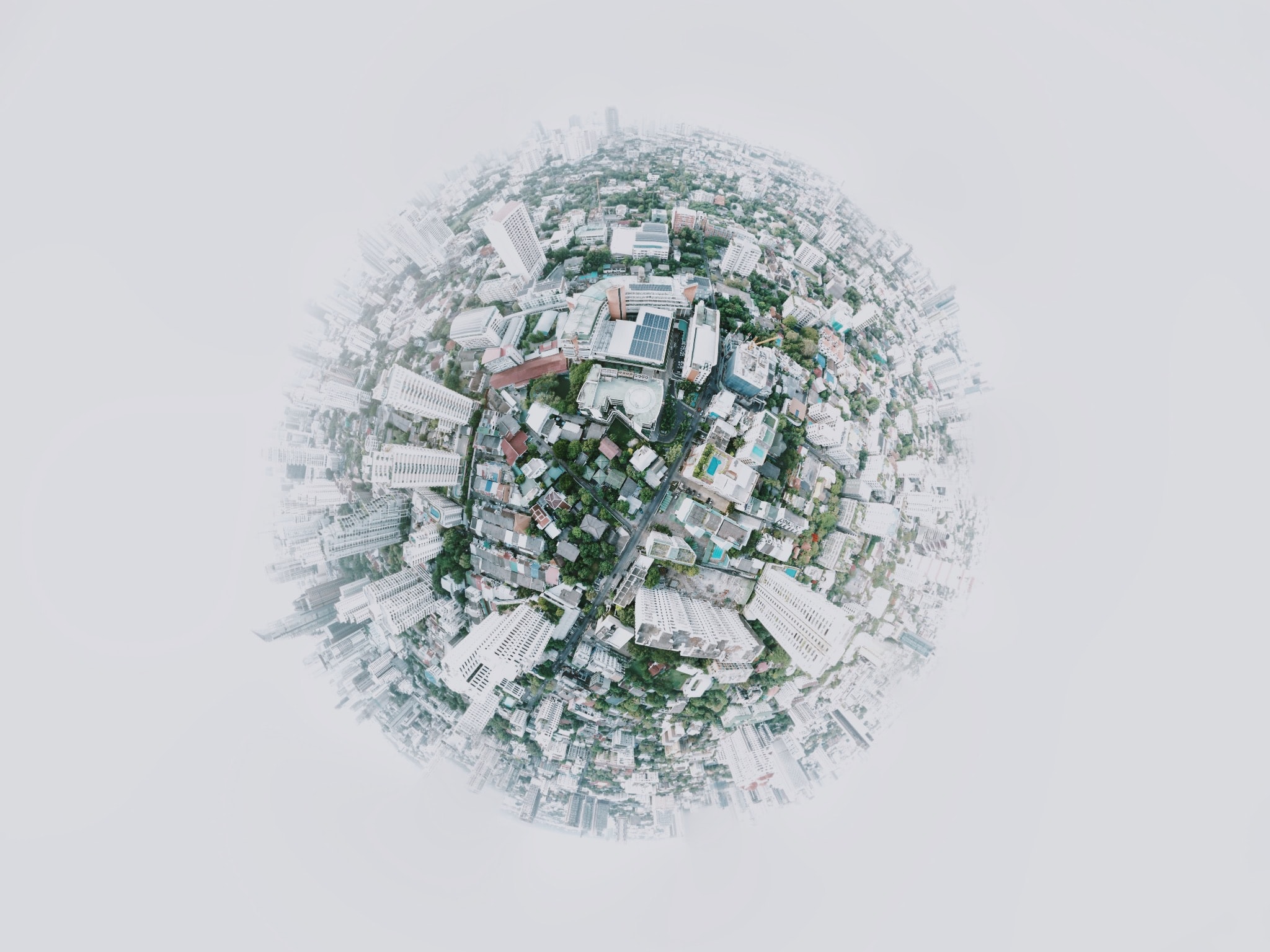Indivd has created the world largest synthetic database to create better customer journeys

Indivd use both anonymized face recognition and anonymized body recognition to create better customer journeys and deeper insights into store customers’ behaviors.
– To comply with the GDPR, we have on our own chosen to build what today has become the world’s largest synthetic database with over a billion images of virtual people in different clothes and in different virtual store environments, says Leonard Johard, CTO at Indivd.
In its work to develop the best possible customer journeys and insights for the physical retail, Indivd has for some time now also used synthetic data and synthetic people to train models and technology.
– When we wanted to develop the insights, we discovered that there was too few available image database of people to train on. We needed more full-body images to hone our face and body recognition techniques. At the same time, the new GDPR legislation has naturally entailed limited access, as this type of image data is considered to be particularly sensitive. Many of the previous suppliers have therefore got rid of their databases and they are no longer available on the market, says Leonard Johard, CTO at Indivd.
Successful results
In order to obtain additional image data of persons who are not to be regarded as sensitive personal data according to the GDPR and who are at the same time cost-effective, Indivd chose to develop its own synthetic database with reality-based synthetic persons in real retail environments.
In this project, Indivd’s development team has consisted of five experts in 3D modeling with previous own experience of building virtual new and historic cities and environments for global game development, film production, construction industry, urban environments and museums.
– Our ambition has been and we have now already successfully used the database to improve our recognition based on clothing, body appearance, and faces, says Leonard Johard.
The world’s largest image database
With the help of synthetic data, Indivd has managed to create virtual store environments with virtual visitors. Today it is the world’s largest known and accessible database of realistic visitors in realistic clothes.
– We have now created over six million people in different body profiles and in different situations. In total, we have stored more than a billion different images, says Leonard Johard and continues:
– A special challenge for us has been to produce varied garments with random color schemes adapted to different body shapes. We have now created this together with a number of training methods, where different people interact in different store environments. In addition, we are constantly introducing new garments. With traditional methods, it would have been too expensive to take 1-3 pictures of all these people. Here we can take as many pictures as we want and place them in a realistic shopping center with shops and interiors in different colors, equipped with different cameras and camera qualities.
Body recognition
The results of the project have been very positive.
– We are building a completely new generation of whole-body images and we have been able to show that body recognition works well. The visual data quality is very satisfactory.
The technology for body recognition places a little tougher demands compared to the technology for face recognition.
– Face recognition is based on images of people from the front. For body recognition, images are required at different angles and also from behind. Add to that the variation in attire can vary greatly and also over time. Therefore, we need to use both techniques for face recognition and for body recognition.
A lab environment for research and customers
Demand for synthetic data is now increasing from both companies and researchers.
– With this type of identity data, we are far ahead of everyone else. Of course, we ourselves benefit greatly from our database to develop our own insights, but it is also a goldmine for our customers. We have managed to build complete test environments, where retail can test the system to create better customer journeys without having to collect data in a store environment. They can carry out parallel AB tests in both the lab environment and out in the physical stores, says Leonard Johard.
Infinitely large database
The next step, which has already begun, will be to supplement the still images in the video database. The virtual visitors will then be able to move around and perform certain actions in the virtual stores.
– With our new graphics engine, we will also be able to build a parallel database for face recognition alongside the one for body recognition.
Another novelty is also to supplement body recognition with realistic statistical data to further sharpen the accuracy.
– Our ambition is to build an infinitely large test environment with an infinite number of people in an infinite number of clothes in an infinite number of environments, Leonard Johard concludes.